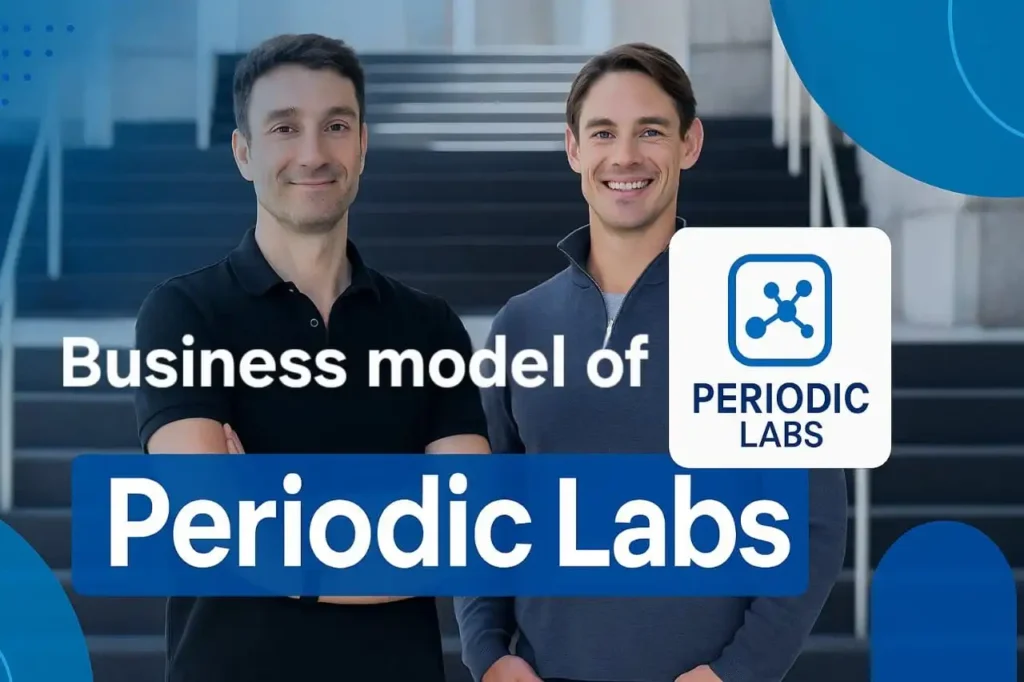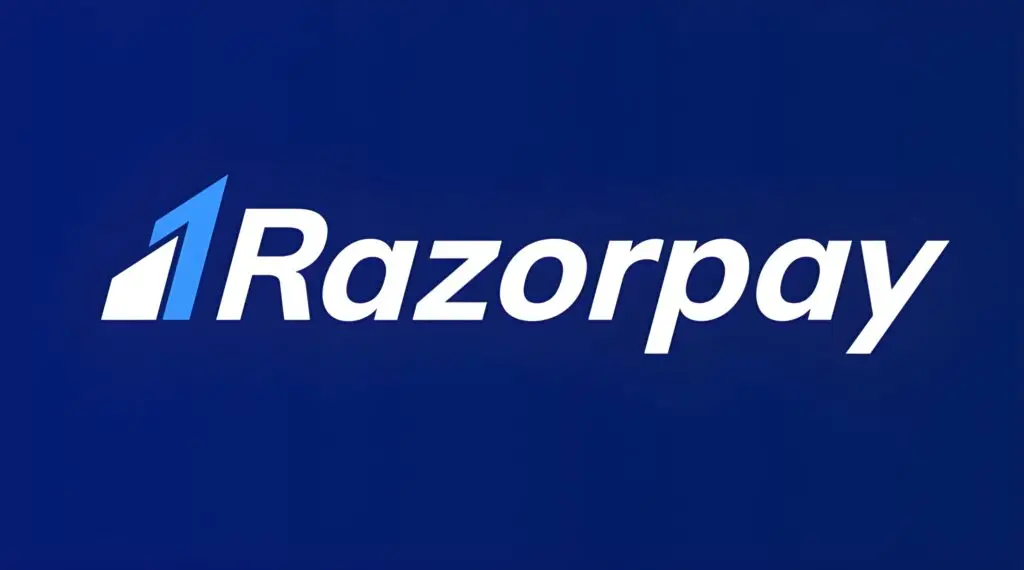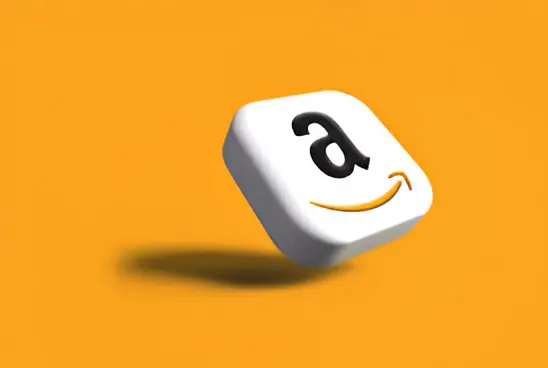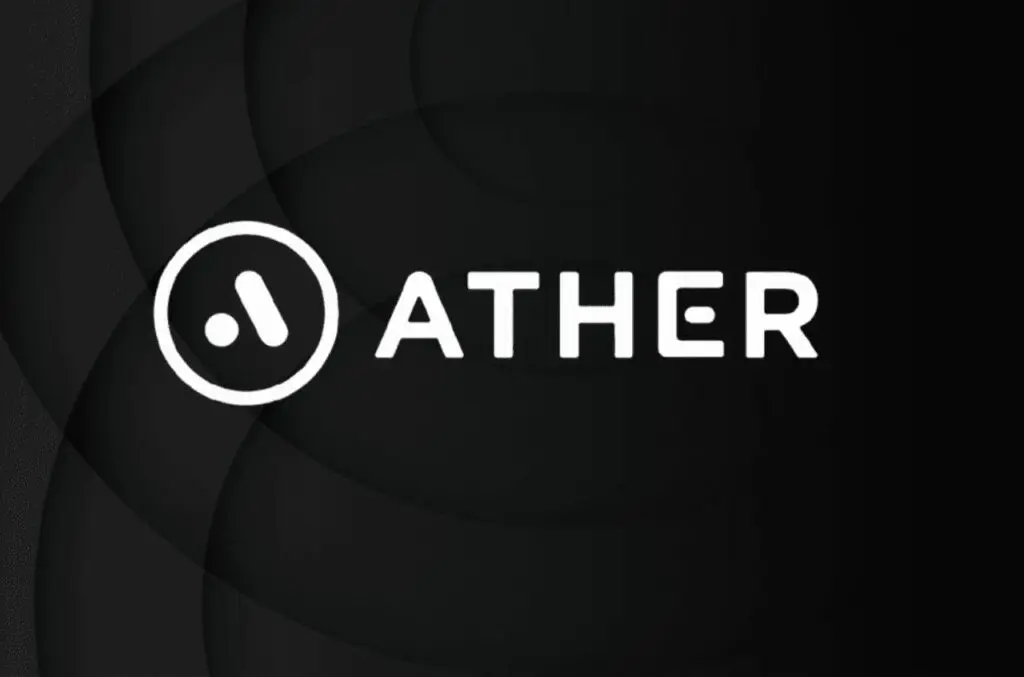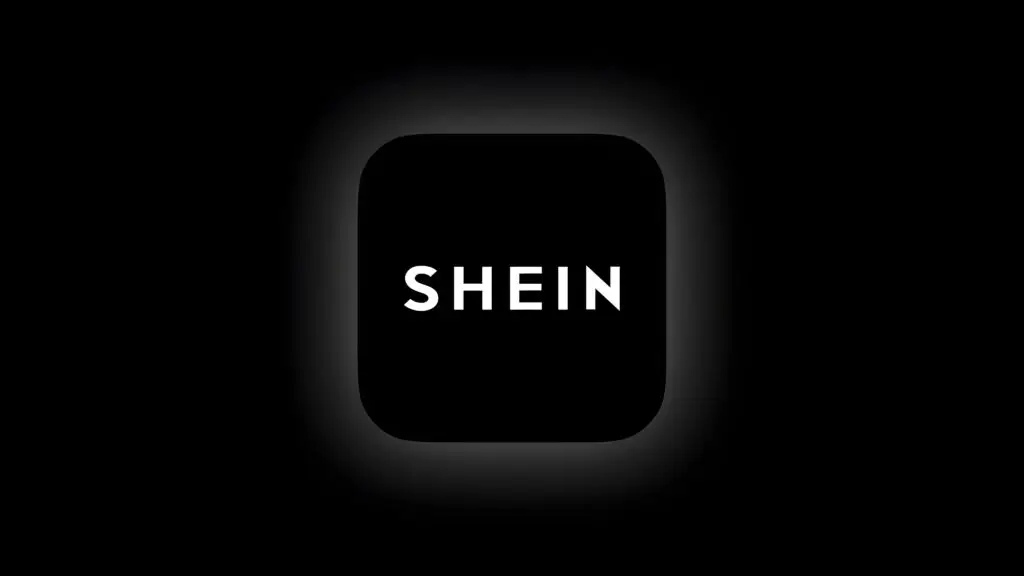| Category | Details |
|---|---|
| How Periodic Labs Started | Founded by AI heavyweights Semon Rezchikov (ex-OpenAI, worked on GPT-4) and Julien Launay (ex-Google DeepMind). They saw AI hitting a wall—running out of internet data to train on. Their big insight? Build fully autonomous robotic labs where AI designs experiments, runs them, analyzes results, and iterates without human babysitting. It’s scientific discovery reimagined as a computational loop. |
| Present Condition | Just raised a jaw-dropping $300M seed round (one of the biggest seed rounds in VC history). Backed by Jeff Bezos’s investment vehicle, Eric Schmidt, and Obvious Ventures. Currently building multiple autonomous research facilities staffed with world-class talent. They’re actively developing AI-driven lab systems that combine robotics, computer vision, and analytical instruments in closed-loop experimentation. |
| Future of Periodic Labs & Industry | Targeting room-temperature superconductors first—a moonshot that could revolutionize energy transmission, quantum computing, and transportation. Also eyeing better batteries, novel catalysts, and advanced semiconductors. The broader vision? Transform materials discovery from taking 10-20 years to months or weeks. This could unlock trillions in value across energy, computing, and manufacturing. The industry itself is shifting from human-led artisanal research to AI-orchestrated industrial-scale discovery. |
| Opportunities for Young Entrepreneurs | Massive whitespace in AI-driven physical science! Areas ripe for disruption: specialized autonomous lab equipment, AI models for predicting material properties, software for managing robotic experimentation, materials databases, synthesis optimization algorithms, and vertical applications (drug formulation, construction materials, sustainable plastics). The $2 trillion materials market is still trapped in century-old methods—plenty of room for innovation. |
| Market Share of Periodic Labs | Too early to define—Periodic Labs is pioneering a new category of AI-driven autonomous materials discovery. The broader materials science market is $2+ trillion globally, but this specific AI-native approach is essentially greenfield territory. They’re not competing for existing share; they’re creating an entirely new market segment. |
| MOAT (Competitive Advantage) | 1) Proprietary experimental data: Their autonomous labs generate millions of unique observations impossible to scrape from the internet—this becomes an ever-growing, exclusive training dataset. 2) Elite AI talent: Founders from OpenAI and DeepMind bring cutting-edge algorithmic expertise. 3) Capital intensity barrier: $300M enables infrastructure that’s expensive to replicate. 4) Closed-loop integration: Custom robotics + AI + analytics create a unified system that compounds learning over time. 5) First-mover advantage in AI-generated scientific knowledge. |
| How Periodic Labs Makes Money | Revenue model not publicly disclosed yet (still in deep R&D phase). Likely future paths: 1) Material licensing: Discover breakthrough materials and license IP to manufacturers. 2) Contract research: Companies pay to access autonomous lab capabilities for custom material development. 3) Data licensing: Sell proprietary experimental datasets to train other AI systems. 4) Product development: Create and commercialize specific materials (superconductors, batteries, etc.). Given the investors and capital raised, they’re likely prioritizing discovery breakthroughs over immediate monetization. |

My Name is Adarsh and I am Empowering startups with high-quality content at Startups Union and bridging the gap between brand stories.
